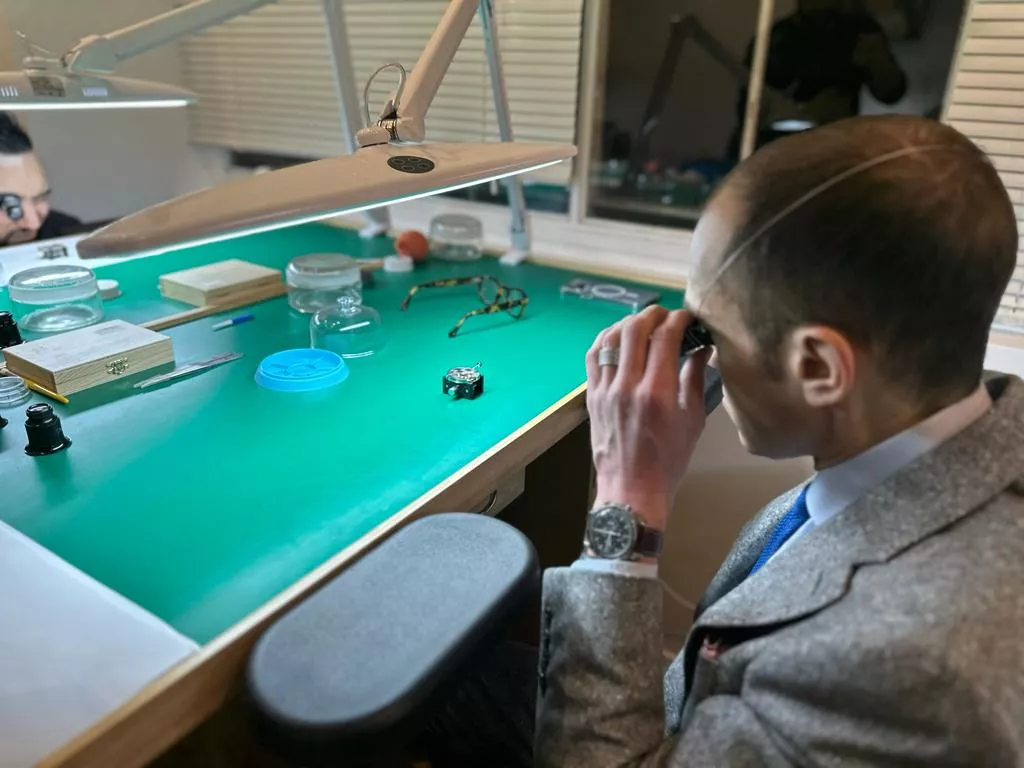
28/03/2023
Fused suits also feature interlining. Instead of being sewn on both sides, it’s simply glued on: a faster, less costly process.
To draw a parallel with footwear, on a glued sole, nothing can be done without damaging the upper. On an fused suit, the canvas layer is bonded to the outer fabric and lining. It cannot be replaced without irreversibly damaging the other fabrics.
As a result, the lifespan is much shorter. Especially as the bonding (which is sensitive to heat) will inevitably deteriorate with wear (and perspiration). In conclusion, fused suits are less durable and don’t fall as nicely. That’s why it’s best to reconsider your purchase over €400.